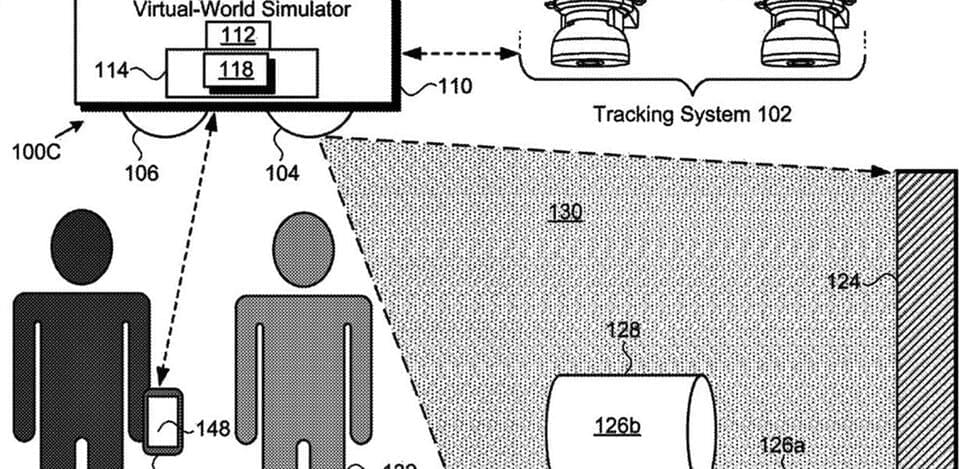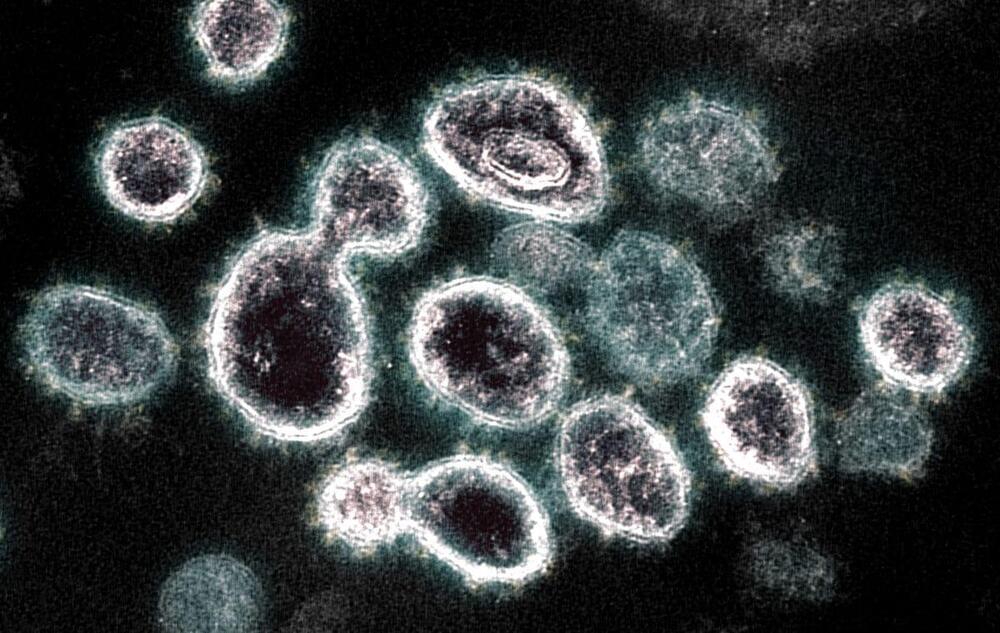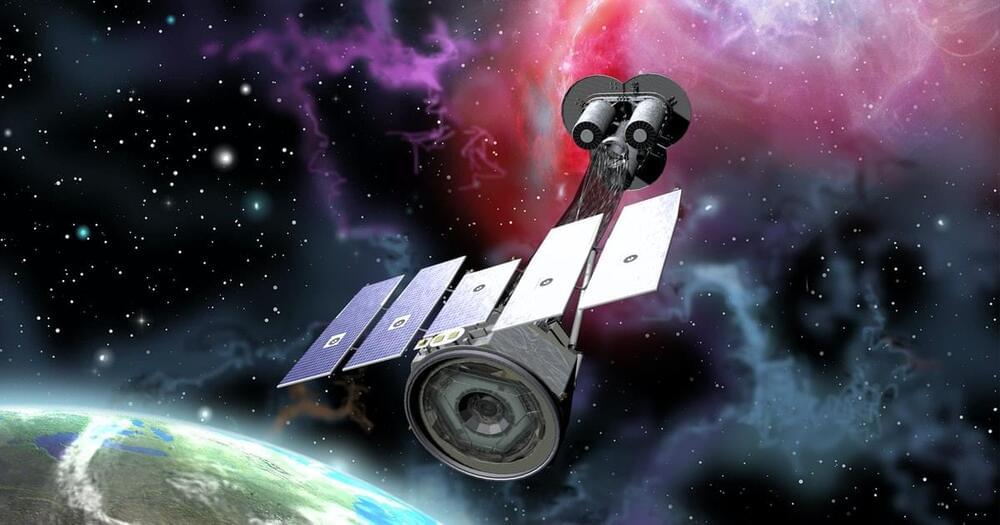The ultimate mobile CPU.
Yesterday Romanian tech review site Lab 501 put up one of the world’s first reviews of Intel’s new mobile Core i9-12900HK (Alder Lake) processor. Packing Intel’s all-new hybrid core microarchitecture, the CPU has managed to beat AMD’s desktop Ryzen Threadripper 1950X in Cinebench R20.
The Core i9-12900HK will be Intel’s new flagship mobile part for the 12th Generation Core series. With specs including six P-cores and eight E-cores, 24MB of L3 cache, and a maximum frequency of 5 GHz, it’s a serious upgrade from Intel’s 11th Generation mobile parts on paper.







